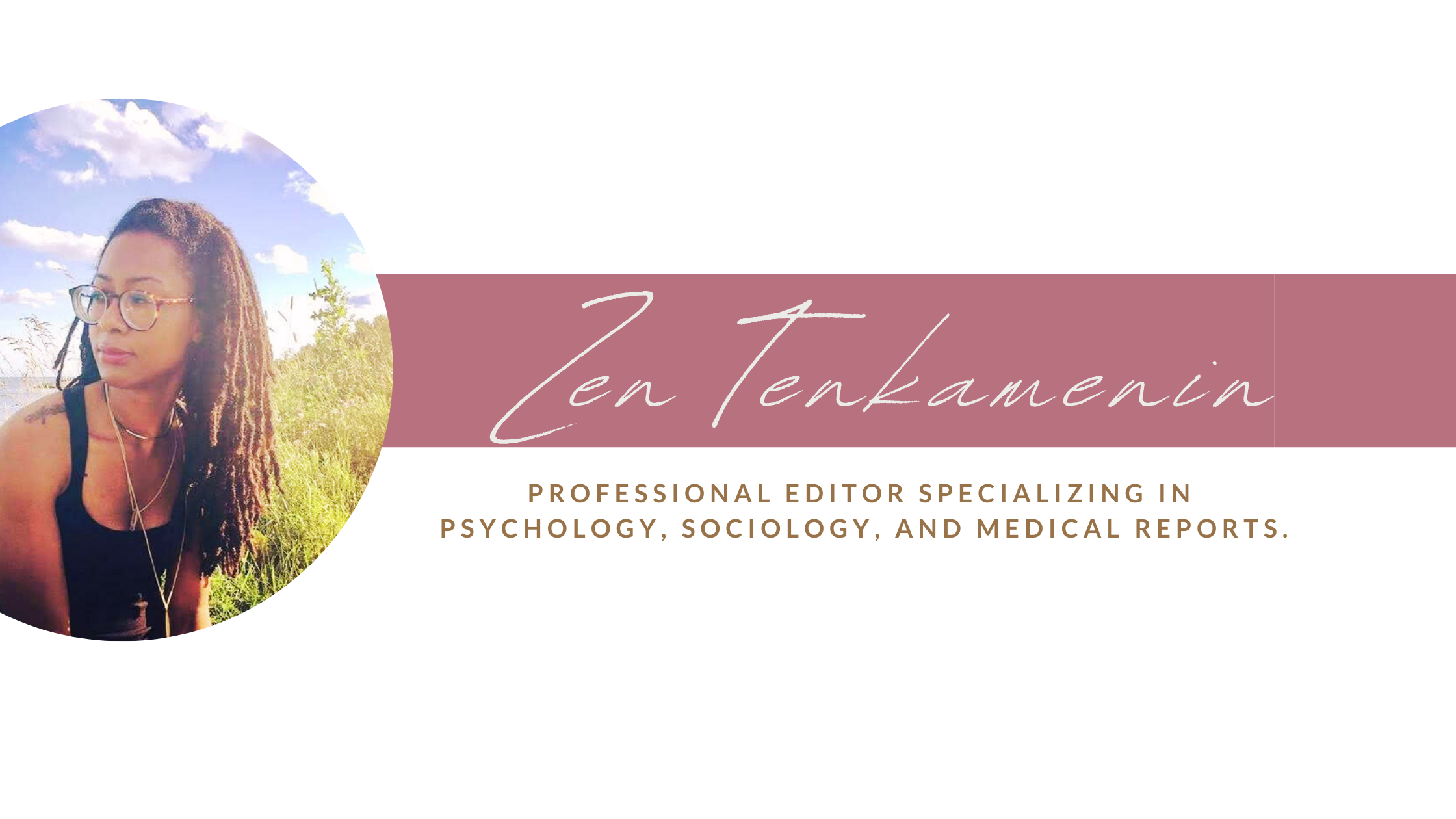Sexual abuse is a shadow that looms over far too many lives, its impact reaching deep into the fabric of families and communities. And yet, it remains an uncomfortable truth, too often ignored or minimized, buried under layers of fear and shame. The silence surrounding it is deafening, and its effects can echo through generations. But to truly understand why families turn a blind eye to such pain may be the first step in breaking the cycle and preventing further harm.
The Weight of Societal Expectations
Sexual abuse is a truth that many are unwilling to face. Society, with its ever-present pressure to maintain an image of perfection and normalcy, often discourages open dialogue about such horrors. This societal silence breeds shame—shame that the victim carries alone, as if somehow responsible for the atrocity that was forced upon them. It’s a shame that is deeply ingrained, a barrier to speaking out, because to speak would be to confront a truth that many would rather not acknowledge.
The Fear of Shattering the Family Unit
For many, the very idea of exposing sexual abuse within the family feels like the ultimate betrayal. The fear is not just of the abuser, but of the fracture it may cause within the family—a bond that is expected to remain unbroken, no matter the cost. In cultures that value unity above all else, even the most heinous of secrets are kept locked away, under the false belief that exposing them will tear the family apart. The fear is that, in revealing the truth, the family will be irreparably damaged. And so, the silence persists, as those who suffer are left to shoulder the burden alone, often at the cost of their own mental and emotional well-being.
Denial: A Family’s Quiet Defense
When a victim does gather the strength to speak, too often their words are met with disbelief, dismissal, or even outright denial. Family members, unable or unwilling to confront the horrifying reality, minimize the abuse, convincing themselves that it couldn’t possibly be true. This denial is a form of self-preservation, a desperate attempt to keep the family unit intact. But it comes at a great cost—the victim is left in isolation, their pain dismissed, and their story unheard. The result is a toxic environment that fosters anger, hopelessness, and despair, as the victim is forced to navigate a world where their truth is not only ignored but rejected by those who should be their greatest source of support.
The Path to Healing and Prevention
It is a tragic reality that sexual abuse, so often ignored or swept under the rug, leaves scars that last long after the physical wounds have healed. But by understanding why families choose to ignore or minimize this abuse, we can begin to heal—not just as individuals, but as communities. Education is key. By fostering an environment where survivors are believed, supported, and understood, we can challenge the silence that allows abuse to thrive.
When we recognize the signs, both of potential abusers and of the subtle signs of abuse itself, we empower ourselves to act. By standing with survivors, by breaking the cycle of shame and denial, we can create a safer world—a world where silence no longer protects the guilty, and where the voices of those who have suffered are finally heard.r world a safer place for everyone involved – survivors included!

